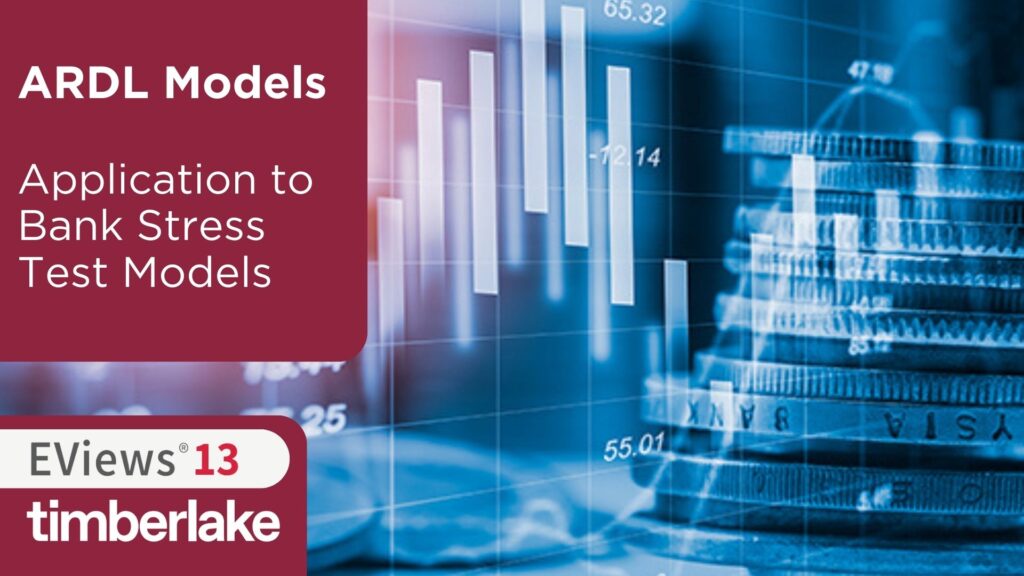An Essential Tool for Bank Stress Test Models: ARDL Models with EViews
The 2008 financial crisis taught us that stress testing is crucial for banks to prepare for economic shocks. To conduct these tests, econometric models are essential for assessing the impact of shocks on a bank's financial health. One popular model is the Autoregressive Distributed Lag (ARDL) approach, which can estimate long-run relationships between variables and also take short-term dynamics into account.
Eviews is a widely-used software for estimating econometric models like ARDL. It's easy to use and allows for testing cointegration, performing diagnostic checks, and conducting sensitivity analyses - all of which are important for stress testing models.
An important advantage of ARDL models with Eviews is that they can handle mixed-frequency data, which is common in financial datasets. Mixed-frequency data refers to data that is sampled at different intervals, like daily, weekly, or monthly. ARDL models can incorporate these different sampling frequencies, making it easier to model the relationship between variables more accurately.
With their powerful analytical capabilities, ease of use, and ability to handle mixed-frequency data, ARDL models with Eviews are a must-have for any bank looking to prepare for potential economic shocks.
The ARDL (Auto-Regressive Distributed Lag) models were introduced by Pesaran and Shin (1998) and Pesaran, Shin and Smith (2001). ARDL are dynamic time series models that are particularly well suited to projection exercises and banking stress tests. These models have several advantages when it comes to build a forecasting model for a microeconomic series (loss rate, default rate of a credit portfolio, etc.) using macroeconomic series aggregated at the national or sectoral level.
The first advantage is that the ARDL model is a re-parameterisation of a Conditional Error Correction Model (CECM) derived from a VAR (Vector Auto-Regressive) representation. Thus, applied to the stress test framework, an ARDL-type specification makes it possible to model the dynamics of a loss or default rate of a credit portfolio as a function of macroeconomic variables assumed to be exogenous, such as the unemployment rate, real GDP, etc, while taking into account the potential short- and long-term relationships existing between all these variables.
The second advantage of ARDL models lies in their ability to deal with cointegration in a way that is robust to the misspecification of the integration orders of the variables. Contrary to standard approaches to cointegration, the ARDL specification allows us to test for cointegration without first testing the stationarity of the variables: the microeconomic and macroeconomic series can be I(0), I(1) and we can even have a mixture of I(0) and I(1) variables. The F-bound and t-bound cointegration tests allow us to conclude whether there is a long-term relationship in all these configurations.
If you want to know more on this topic, head to this course page, check out the agenda & register: https://www.timberlake.co.uk/courses/ardl-2024.html
